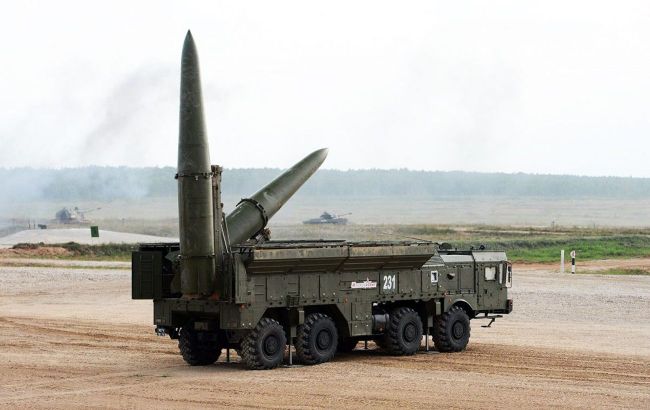Russia skirts sanctions to produce weapons: Politico reveals countries supplying components
 Russia skirts sanctions to produce weapons (armyinform com ua)
Russia skirts sanctions to produce weapons (armyinform com ua)
Russia has largely managed to skirt sanctions on technology. This allows Moscow to manufacture weapons and continue its war against Ukraine, according to Politico.
Russian imports, which were sanctioned by the United States and its allies, totaled almost $9 billion from January to October last year. This is only 10% less than before February 2022.
Russia needs weapon components to continue fighting. We are talking about microchips, sensors, and navigation systems for weapons production. In particular, Kinzhal missiles, reconnaissance, and attack drones, including Shaheds.
A joint study by the Yermak-McFaul International Working Group on Russian Sanctions and the KSE Institute, a think tank of the Kyiv School of Economics, notes that Russia's ability to produce missiles and drones increased in 2023.
According to Ukraine's estimates, in 2022, Russia's missile capabilities amounted to 50 missiles per month, doubled to 100 by mid-2023, and reached 115 by the end of the year. The authors of the study believe that if Russia continues the pace of the war, it will deplete its stockpile.
Countries supplying components
The agency notes that Ukraine's partners have imposed sanctions on many of the 2800 Western components found in the wreckage of Russian weapons on the battlefield.
A detailed analysis of Russian trade figures shows that in the first 10 months of last year, Western companies supplied 48% of such components, while China supplied 45%.
The largest supplier of technology for military goods was the American company Intel, followed by China's Huawei. The top 10 also include American companies Analog Devices, AMD, Texas Instruments, IBM, and Dell.

Research shows that Russia has managed to reconfigure its supply chain. Most supplies now come from China, Hong Kong, Turkey, and the UAE.
The authors of the report "Problems of Export Control Enforcement" recommend strengthening corporate responsibility and engaging the private sector. The analysts also advise fining those who violate or skirt sanctions against Russia, to eliminate gaps in export control policies, and to combat loopholes through third countries.
Russia is switching to a wartime mode
Russia's budget for 2024 includes record spending on the army. The Kremlin authorities have allocated one-third of all expenditures to the army and the military-industrial complex. This happened for the first time since the collapse of the USSR.
Earlier, the Stockholm International Peace Research Institute (SIPRI) estimated that Russia's military spending budget for 2023 is about 6.6 trillion rubles ($85.8 billion). This corresponds to about 4.4% of Russia's GDP, compared to 3.6% in 2021 before the invasion of Ukraine.

